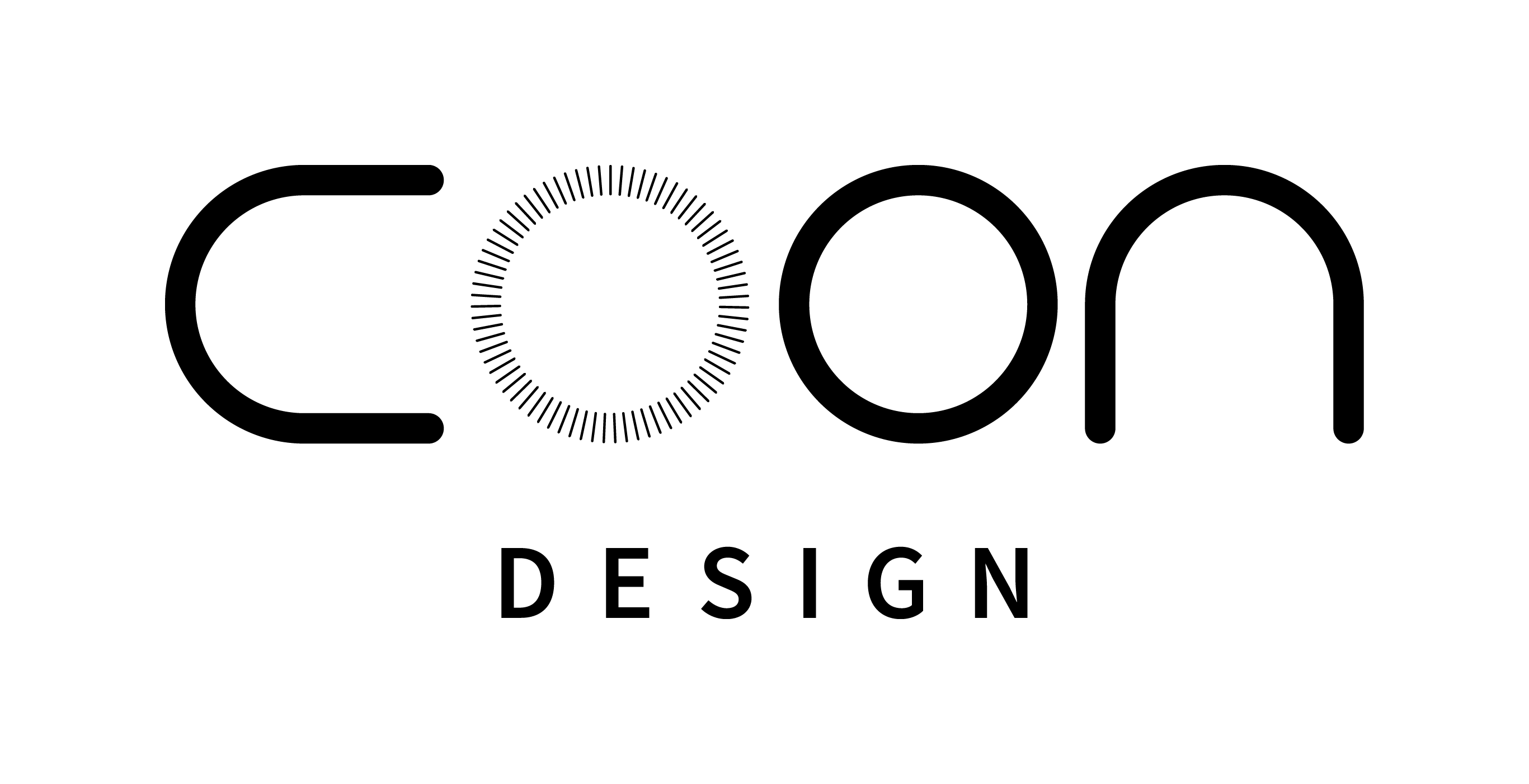One of the initial kinds of literature known to mankind was essays composed to communicate ideas and express opinions. The writings were used in formal academic debates, political agitation, business letters, pamphlets, and many other public communication types. The essays were primarily employed for self-expression, to comment on current events and scenarios, and also to convey an opinion about issues of public concern. Some of the Most Well-known essays are The Origin of Species, Descartes‘ Essay Concerning Human Understanding, Locke’s Essay Concerning Human Understanding, and composition writing for the internet.
A persuasive essay, in contrast to a story essay, is a direct kind of literature, presenting its subject or subject in a way that persuades the reader to accept an idea or to adopt an action. A story essay usually deals with topics of private experience and might be written about a person or group of people. A persuasive article, on the other hand, tends to deal with public issues, thoughts, views, or feelings. It is aimed at convincing the reader that an idea is far better than a rival idea, a position is better than a contrary view, or a solution to a problem is far better than not using a solution in any way. Essays tend to be descriptive rather than prescriptive.
The four chief types of essays are persuasive essays, analytical essays, argumentative essays, and expository essays. These classes are derived from the structure of the literature, and the particular functions of each kind of essay. A persuasive essay normally starts with a case study and is designed to convince the reader to take an idea, to pass an examination, to purchase a product, or to reject an idea. Analytical essays, on the other hand, tend to present data and arguments in support of a most important idea.
An essay’s structure usually follows a logical order, but not always. Sometimes, however, the structure of this essay may fluctuate, depending on the style of the author. Casual essays usually follow a logical succession of ideas and arguments.1 thought functions as a springboard for another, creating an interconnected world of ideas and facts. When these essays concern public issues, the reader will almost always recognize that the writer is making an impression on the matter, even when he or she may disagree. Argumentative essays outline a writer’s position on a certain problem and argue forcefully against views opposing the writer’s viewpoints.
Finally, you will find thesis statements. The thesis statement in a article represents the central idea of this essay. Essays that have the thesis would be commonly assigned to prepare for college credit. The thesis is often written in one of 2 ways: as a simple statement of truth that the author believes to be accurate; or instant, as a strong part of reasoning check grammar and writing and scholarship that’s directed at proving a specific claim.
A narrative essay begins with an introduction and an argument. The argument is probably to appear in the first person, using personal experience to support the thesis. On the other hand, the article writer might opt to use just third person pronouns, like“I,““me,““my,“ and“our.“ Regardless of the sequence of presentation, the thesis statement in many essays makes a broad generalization or exception to an established rule, most often in the particulars of an event or occurrence. This technique is most effective when used to explain a specific case or characteristic of some sort, instead of generalizing across the board.
The title page and completion of the essay are almost always the previous paragraph completely. In this part, the author generally presents his or her primary argument against the conflicting perspectives, using direct speech to counter such views. The title page is not required to be accommodated, but should include a couple of clearly recognizable features of the arguments presented throughout the body of their work. The very popular format for these pages is check grammar free online the compare and contrast process, comparing one set of events or facts to another, usually presented either in paragraph-by-paragraph or paragraph-by-phrase style. The objective of this comparison would be to draw the reader’s attention to a particular aspect of this case, and highlight the controversy or debate over the actuality.
Conclusion statements typically follow the end, as they function to tie up loose ends of the essay and make the entire thing seem more organized and organized. These statements also function to formally acknowledge the existence and role of the writer in addition to the particular facts or instances brought forth within the human body paragraphs. The use of the formal ending to complete essays is a frequent standard of writing, though some have opted to end each essay using a personal opinion or personal monitoring. An individual should keep in mind the purpose of these statements would be to leave the reader with a solid impression of this essay and its planned message. If the writer uses too many personal opinions or shows a lack of awareness of social or cultural implications of these facts or examples presented within the body paragraphs, the reader will probably have doubts about the objectivity of this piece and may even doubt that the integrity of the author.
